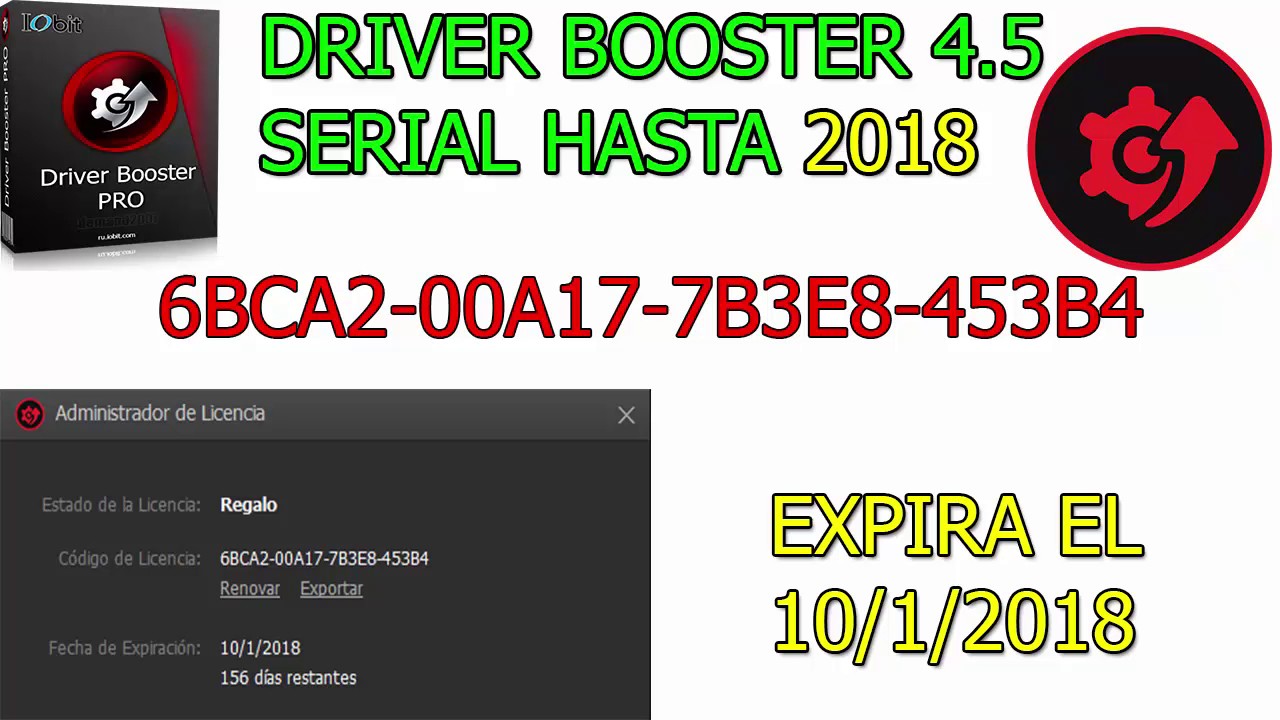
(See Appendix D, Section III.) An internal set of SOPs must establish the organization and operation of the main CP. This requires enforcement of a sleep plan to preserve the ability of main CP personnel to perform continuous operations. The personnel who operate the main CP must be organized to provide both security and operations on a 24-hour basis. Main CP vehicles and personnel must be as few as possible to allow rapid displacement, but numerous enough to accomplish command and control functions in support of the commander. The primary considerations in positioning the main CP are survivability, communications, and accessibility. The main CP includes the designated soldiers, equipment, and facilities employed in commanding and controlling the TF. The crews of the tracked vehicles in the command group assist in operating radios, posting maps, moving the vehicles, and providing security, thus freeing the commander and S3 to concentrate on the battle. The command group normally operates in two to three armored vehicles modified for command and control. The ALO must be in a position to see the battlefield in order to coordinate close air support, shift preplanned CAS targets, and advise the commander on CAS issues.Ĭ. The FSO must be in a position to coordinate indirect fires and respond to changes in the situation or mission with recommended changes to the fire support plan. It also implies that the command group is in a position to receive reports on those key indicators that the commander has discussed with his subordinates and that, upon receipt of these reports, the commander is in a position to order decisive action. "Seeing the battle" does not mean simply positioning the command group in a location to observe decision points and critical actions. The commander positions himself so that he can "see the battle" and issue appropriate orders at critical times. It is normally activated and employed only for the actual conduct of the battle, with the battalion TOC controlling the TF during other periods.ī. The command group is highly mobile, enabling the commander to move about the battlefield as necessary. The command group is not a permanent organization and is normally prescribed by SOP and modified as necessary. There is no requirement for these leaders to collocate the commander may be in one part of the TF AO while the S3, for example, is in a separate part of the AO.Ī. The command group generally consists of the commander, S3, FSO, ALO, and crews from the assigned tracked vehicles.

The composition of the command group depends on the situation and the desires of the commander. The command group accompanies the commander forward to assist with command and control of the battle.

These facilities include the main command post, the tactical command post, the combat trains command post, task force support area command post or the field trains command post.

COMMAND AND CONTROL FACILITIESīattalion task force command and control facilities consist of the vehicles and locations from which the TF commander, assisted by staff, directs the battle and sustains the force. The commander and S3 monitor the battle, develop the situation, analyze courses of action, and control the company teams. Provides close situation information to the main CP.Integrates combat assets in support of close operations.

The commander determines the composition, nature, and tasks of the command group based on METT-TC analysis. The TF command group operates forward and consists of the commander and those selected to go forward to assist in controlling maneuver and fires during the battle. Echeloned command and control facilities control battalion task forces with varying levels of staff participation at each echelon.


 0 kommentar(er)
0 kommentar(er)
